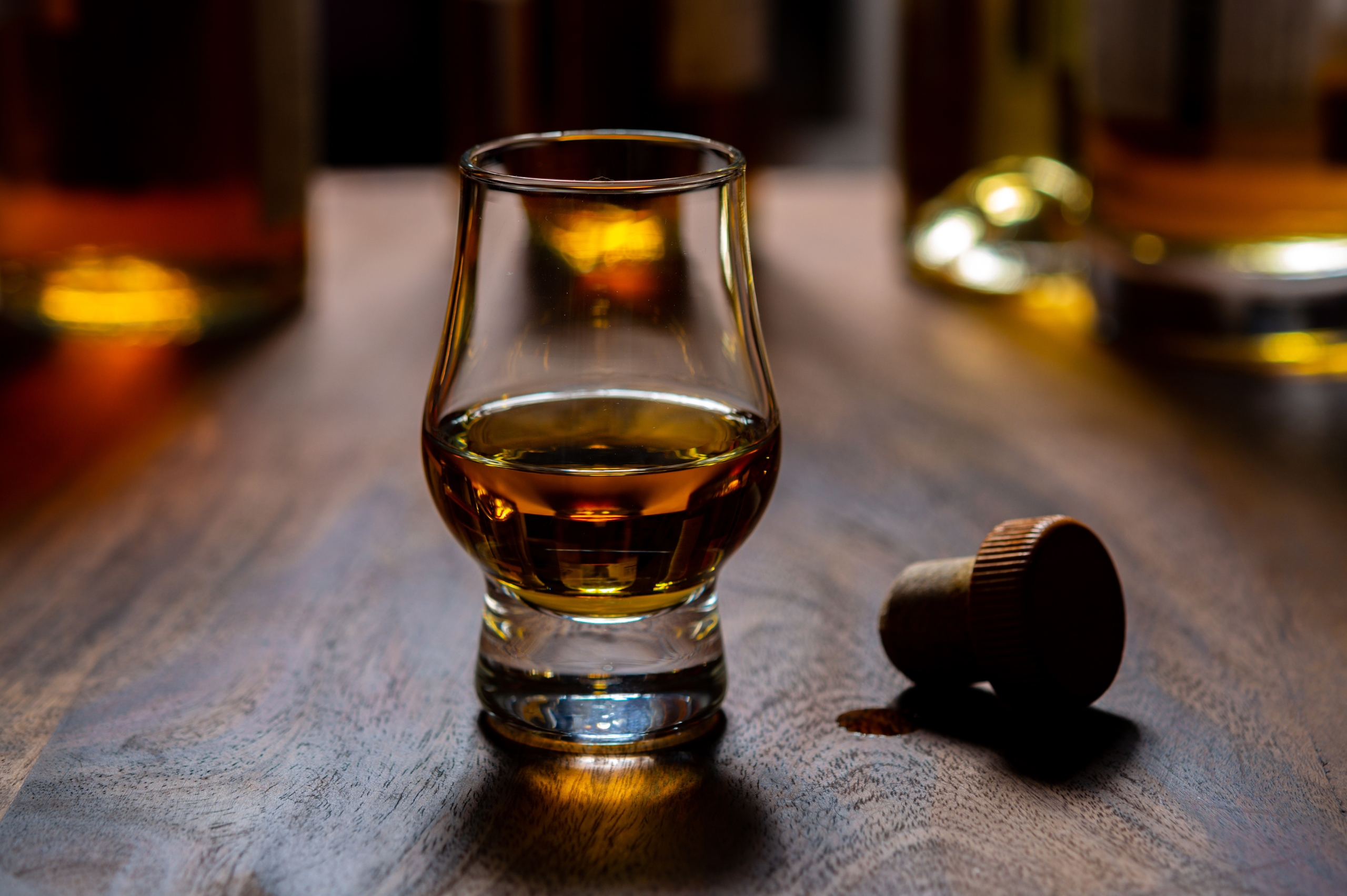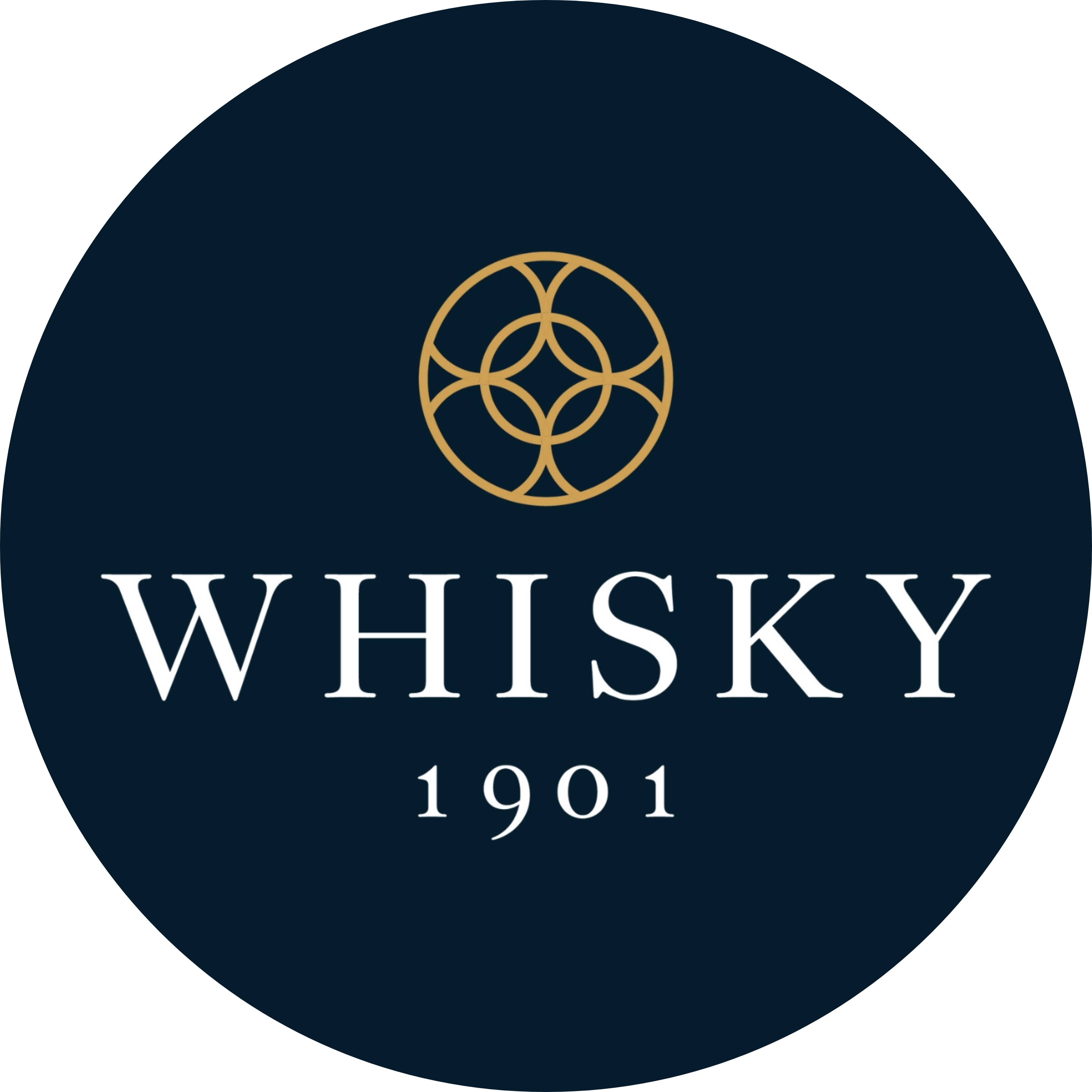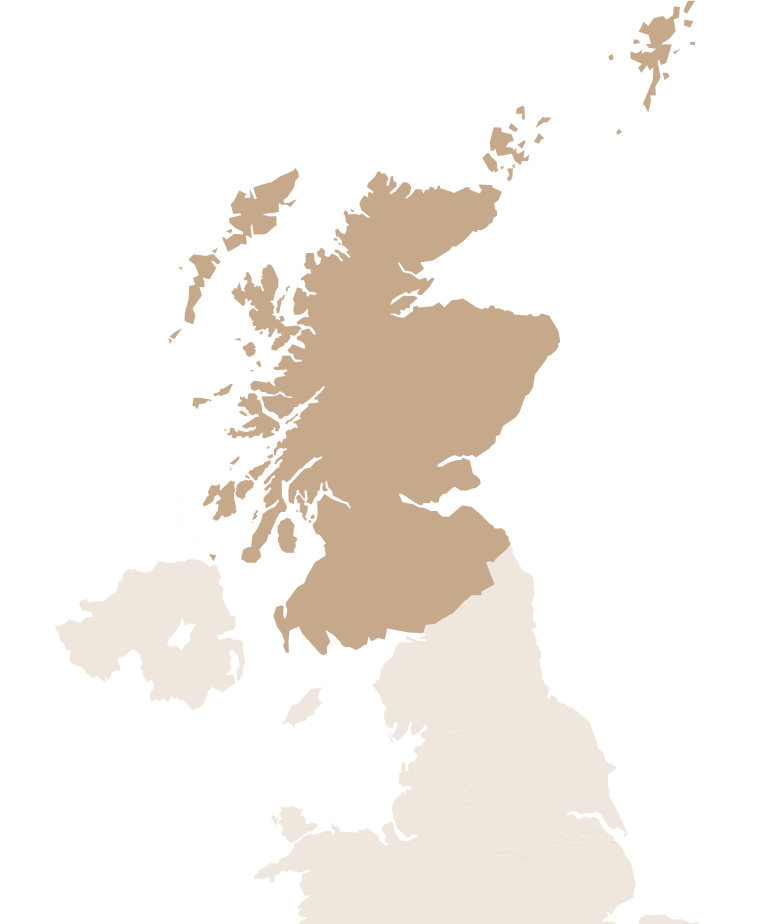Islay covers a relatively small geographical area of 240m² (620km²) but is home to nine operating distilleries. There are also two further in development, which are expected to be open by 2025 – the rebuilt distillery of Port Ellen and the new Portintruan.
The oldest distillery on Islay is Bowmore, which was founded in 1779. It is also home to the oldest bonded warehouse in the UK – Warehouse No.1. The most recent is Ardnahoe, which was founded in 2017 and began production a year later. It is yet to release any single malt.
The other seven distilleries in chronological order are Ardbeg and Laphroaig (both founded in 1815), Lagavulin (1816), Caol Ila (1846), Bruichladdich and Bunnahabhain (both 1881) and Kilchoman (2005). Caol Ila is the largest with a production capacity of 6.5 million litres per annum, with Kilchoman the smallest at just 450,000 litres.
Three distilleries practise the traditional method of floor malting. Bowmore, Kilchoman and Laphroaig produce a small percentage of the malt they need and then buy in the remainder. Bruichladdich are rumoured to be re-starting the practice again soon.
Floor malting sees barley soaked in water and then laid out on a stone or concrete floor for five to six days until the starch has turned to sugar. This is then dried over a peat fire to make it ready for whisky production. Few do it now, only seven in the entirety of Scotland, due to the labour intensive and time-consuming nature.
Although one of the smaller Scotch whisky regions, there is another important whisky-related building on Islay – the Port Ellen Maltings. This huge facility is in the village of Port Ellen and provides most of Islay’s distilleries with their malted barley. Each distillery has its own specification for peat levels. This modern commercial operation was founded in 1974 and uses local peat harvested from designated areas of Islay.





